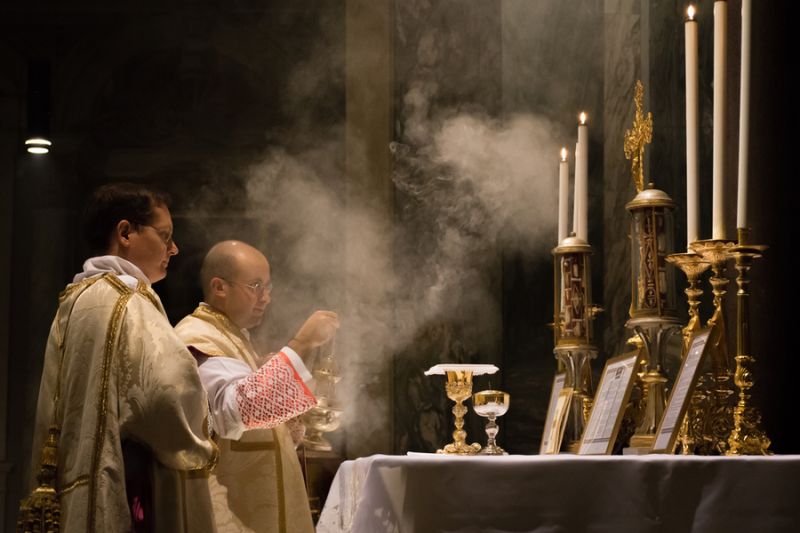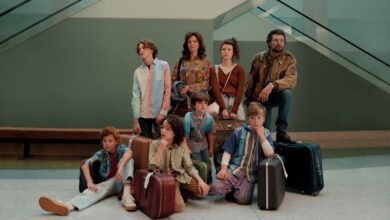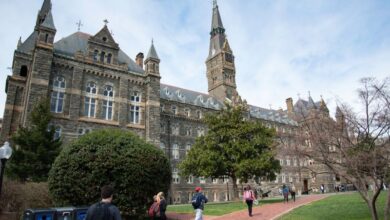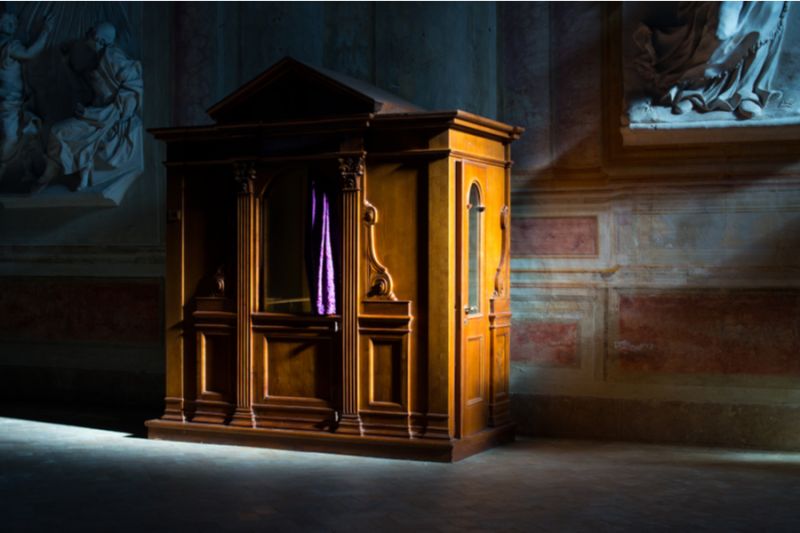Catholic churches are buying pre-owned pipe organs to enhance their liturgies

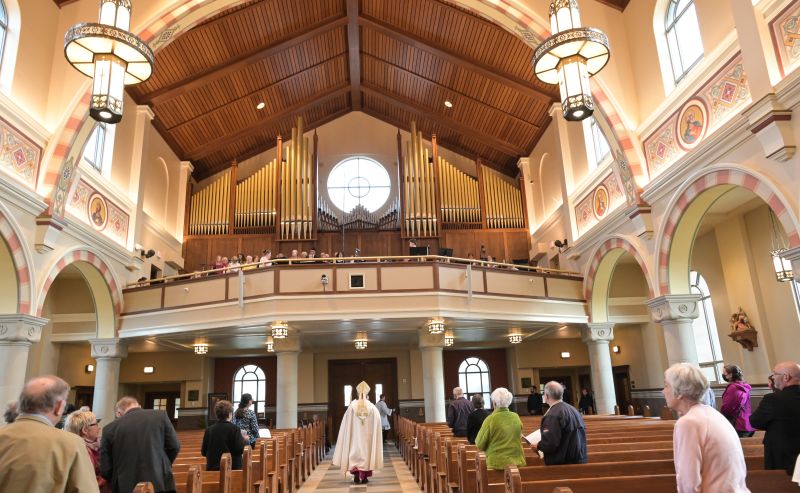 Bishop Kevin C. Rhoades dedicates the organ at St. Pius X parish in Granger, Indiana, in 2022. / Photo courtesy of Jeremy Hoy
Bishop Kevin C. Rhoades dedicates the organ at St. Pius X parish in Granger, Indiana, in 2022. / Photo courtesy of Jeremy Hoy Newport Beach, California, Jun 24, 2023 / 07:00 am (CNA).
In 2021, Holy Angels Catholic Church in Basehor, Kansas, a suburb of Kansas City, celebrated the blessing of its newly installed Opus 5 organ originally created by Halbert Gober of Gober Organs. Placed at the entry to the church, it stood 30 feet tall, had 1,317 pipes, and had no electrical parts with the exception of a blower, making it similar in design and sound to organs used in Catholic worship in Europe centuries before.
But unlike many churches that purchase organs, the Opus 5 was not new but pre-owned. It was built originally for a Lutheran church in Cleveland in 1997. Then, years later, it was disassembled, transported, and reassembled for use in a grateful Holy Angels Parish, reflecting a trend in some parts of the Catholic Church in the United States.
“This organ has been a game-changer for our parish, giving new life to the liturgy and inviting newcomers in,” reported Father Richard McDonald, pastor. “I’m reminded of the line from the Kevin Costner film ‘Field of Dreams’: If you build it, they will come. It’s bringing new people to the parish, including inactive and non-Catholics.”
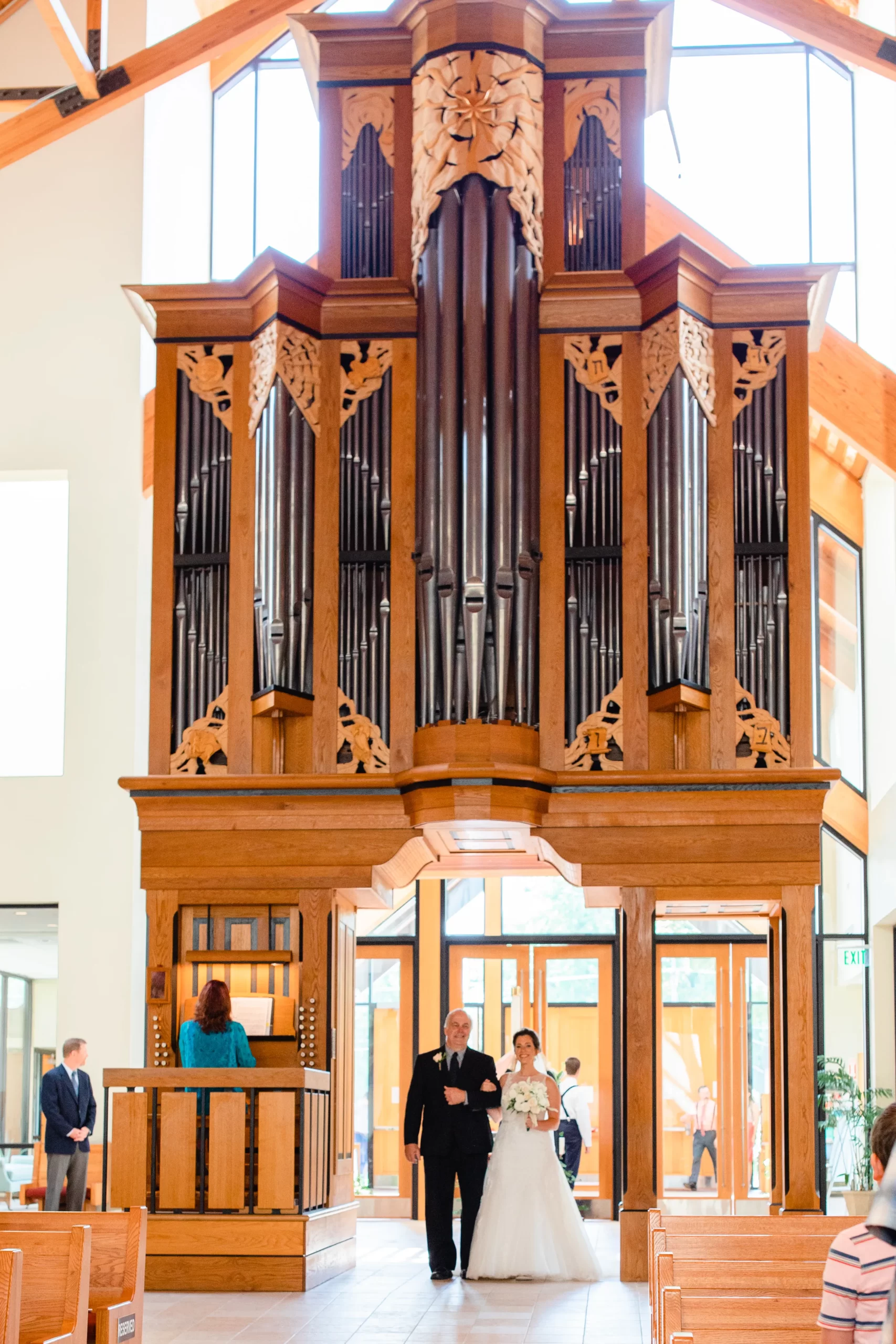
Held in ‘high esteem’
The Church has long lauded the use of organ music in Catholic worship, McDonald added, citing the 1963 Vatican II document Sacrosanctum Concilium: “In the Latin Church the pipe organ is to be held in high esteem, for it is the traditional musical instrument which adds a wonderful splendor to the Church’s ceremonies and powerfully lifts up man’s mind to God and to higher things” (SC, 120).
In 2006, Pope Benedict XVI said: “The organ has always been considered, and rightly so, the king of musical instruments, because it takes up all the sounds of creation — as was just said — and gives resonance to the fullness of human sentiments, from joy to sadness, from praise to lamentation. By transcending the merely human sphere, as all music of quality does, it evokes the divine. The organ’s great range of timbre, from piano through to a thundering fortissimo, makes it an instrument superior to all others. It is capable of echoing and expressing all the experiences of human life. The manifold possibilities of the organ in some way remind us of the immensity and the magnificence of God.”
700 households
Holy Angels is a historic parish, first established to serve a rural community in 1866, and in recent decades has grown to serve 700 households, many of whom are employed in the metropolitan Kansas City area. Its previous organ, McDonald said, was “a classic funeral home organ with an electronic keyboard, and when you played it you covered your ears, hoping something decent would come out.”
The cost of hundreds of thousands of dollars for a new organ was prohibitive for the relatively small parish, but in February 2020, McDonald learned about the used organ for sale through Kevin Vogt, a local parish musician, university organ teacher, and organ consultant.
Originally created for a Cleveland Lutheran church that closed, it was in the possession of a Catholic Melkite-rite church (in union with Rome, but worshipping in the Byzantine tradition that makes use of liturgical chant) that had no use for it. The used organ was advertised for sale, but the only church that expressed an interest was in Australia; hence, transportation costs proved prohibitive.
“So they had this phenomenal organ, a traditional one you might find in a Catholic abbey, about to be put out on the street,” McDonald noted.
Private donors raised $ 125,000 to disassemble, transport, and reassemble it, and the original organ maker, Halbert Gober, relocated to Kansas for a time to reassemble it. After months of work, it was dedicated by Bishop James Conley of the neighboring Diocese of Lincoln, Nebraska, and the organ has been a defining feature of the parish ever since.
“It can be used to play wonderful pieces of sacred music to provide an out-of-body experience in the spiritual realms,” McDonald opined.
Additionally, on third Sundays, visitors are welcomed to the parish to enjoy an organ concert and reception, which is as much an evangelization tool as it is for entertainment, McDonald noted. “It facilitates what the choir wants to do and accomplish,” he said.
Vogt added: “It sounds wonderful; it is a world-class organ. The people love it.”
John Bishop of Organ Clearing House of Newcastle, Maine, arranged its relocation. He was recommended by Vogt, who assisted as a volunteer on the project. Bishop noted that while moving “vintage organs,” as he prefers to call them, from one church to another can be difficult due to the placement of the organ within the building. Holy Angels’ transfer was easy because it sits on the floor of the church.
He also noted that while a repurposed organ can have a lower cost, as was the case with Holy Angels, oftentimes buyers seek one because they prefer the sound and quality of an older organ. His company, for example, is overseeing the installation of a 1916 Hook & Hastings organ in another Kansas Catholic parish, Church of the Good Shepherd in Shawnee. While mechanical parts may need replacement, organ pipes protected from damage can last indefinitely.
So while cost is often a factor, Bishop said, what churches most want are organs that “are musically satisfying, enhance worship, and will be mechanically durable.”
Vogt added that while Holy Angels was able to “get their organ for a song,” in the whole process of working with the parish committee on finding, purchasing, and installing it, “no one ever talked about bargains or savings. Their focus was on excellence and giving their best for the greater glory of God.”
Known for beautiful liturgies
In 2020, St. Andrew the Apostle Church in Clifton, Virginia, dedicated its newly installed organ that was originally built in 2008 for Bloomfield Presbyterian Church in New Jersey. The 1,500-family parish is located in an Arlington/Washington, D.C., suburb and, according to Director of Music Ministry Mike Murphy, “has always been known for its beautiful liturgies and music.”
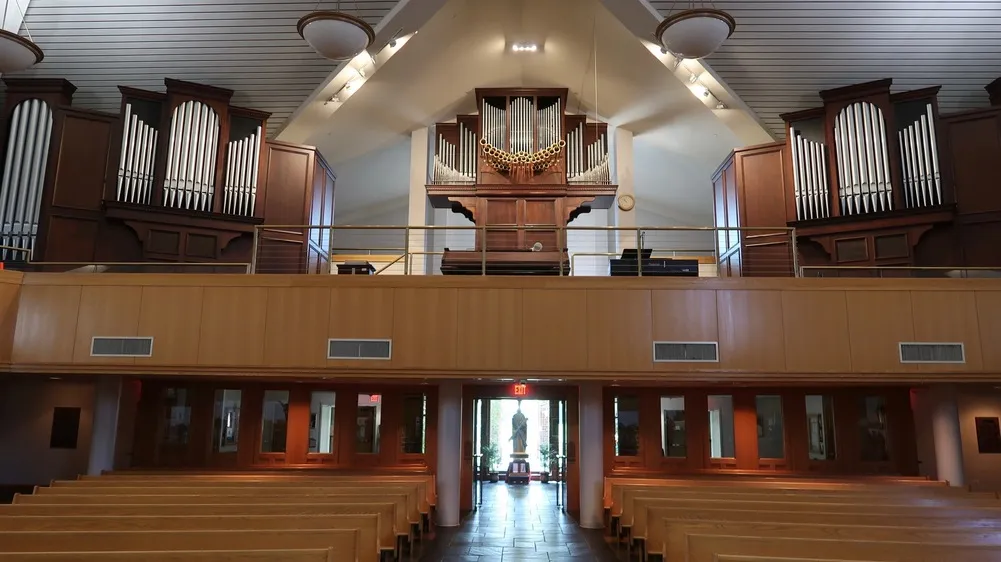
The parish had previously been served by a partially electronic, hybrid organ that “died” during Advent services in 2018. The parish leadership launched a committee to secure a new organ, with then-associate pastor Father Joseph Bergida insisting to members: “We do nothing but the most beautiful we can in the liturgy,” noting, for example, that artificial flowers are never to be placed on the altar.
All parish groups were encouraged to be involved with the committee; a teen from the parish youth group, in fact, held a fundraiser for the organ “and got the kids energized about it.”
Multiple proposals were considered, and the committee decided the best option was the Bloomfield Presbyterian organ. Bloomfield is a colonial-era church dating back to the 18th century, and structural problems unrelated to the new organ forced the congregation to vacate the church. The organ had been in storage for eight years — Bloomfield’s leadership decided not to reinstall the organ but to shift to more contemporary music — and the Peragallo Pipe Organ Company, which had originally built the organ, suggested to St. Andrew’s that it would be ideal for their needs.
Murphy noted that the value of the organ was $ 1.5 million, but the parish was able purchase and install it at a more affordable cost of $ 600,000. The parish has been delighted with the results, he said: “It has enabled our parish to enjoy a greater variety of outstanding music, and not only is its sound beautiful, the organ itself is beautiful at which to look.”
Like at Holy Angels, St. Andrew’s hosts a monthly organ-centered concert series that welcomes gifted organists and is open to the community. Murphy considers it an evangelism tool as well, “as we generate interest in the parish and bring in people who otherwise wouldn’t come.”
Murphy continued: “Many parishes are rediscovering the treasures of our faith, including the use of the arts in the liturgy.”
He encouraged parish leaders considering purchasing an organ to get in contact with one or more of the many organ companies in the U.S., “as they’ll be aware of organs being displaced or in preservation or of parts of organs that can be used. They’ll know cost-effective ways of doing something beautiful for your church.”
John Peragallo of Peragallo Pipe Organ Company, located just outside of New York City, oversaw the St. Andrew’s organ installation. He agreed that repurposed organs can be obtained at lower cost, but added: “Sometimes people are attracted to the older vintages of organs.”
His team made multiple visits to the Clifton site before even signing a contract with St. Andrew’s, he said, recalling that the structure had a particularly long balcony that was closer than usual to the altar.
Business is as strong as it’s ever been, Peragallo concluded, as many churches either close or are shifting to more contemporary music and wish to dispose of their organs, while others are seeking the more traditional music an organ can provide. “They call me up, and we try to match them with the right instrument,” he said.
Enhancing existing organs
While some parishes have entire organs installed, others can take parts of other organs to enhance their already existing organs. Such was the case with St. Pius X Church in Granger, Indiana. The parish is the second largest in the Diocese of Fort Wayne-South Bend, serving 3,200 families in a community alongside South Bend.
A new church was built for St. Pius in 2017, which included a Wicks organ in its east transept. Nearby University of Notre Dame’s Basilica of the Sacred Heart had purchased a new organ and donated the pipes from its old Holtkamp organ to St. Pius, which were installed in the choir loft in the rear of the church to enhance the Wicks organ “so that now we have surround sound,” said Jeremy Hoy, director of liturgy and music for the parish. The enhanced organ was dedicated by diocesan Bishop Kevin Rhoades in 2022.
“Our parish has had a rich tradition of singing and music, and with this organ enhancement we’ve been able to add new music and improve upon the sacred music we can present,” Hoy said.
Vogt noted that while in some parts of the country church organs are being sold, abandoned, and destroyed, in other places organs are increasingly in demand. In his own Diocese of Kansas City in Kansas, for example, he noted that organs were being installed in five parishes.
“In places where liturgy is celebrated in a more traditional manner, organs have enjoyed a resurgence,” he said.


